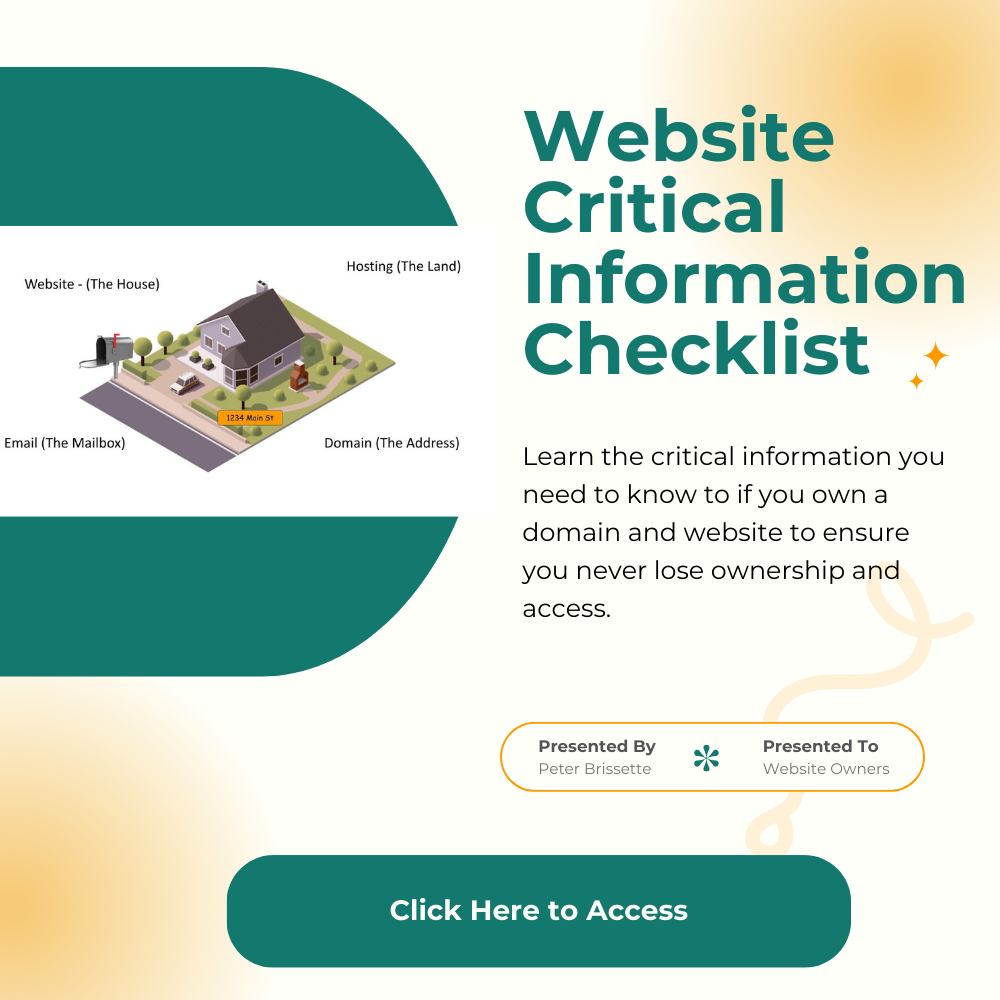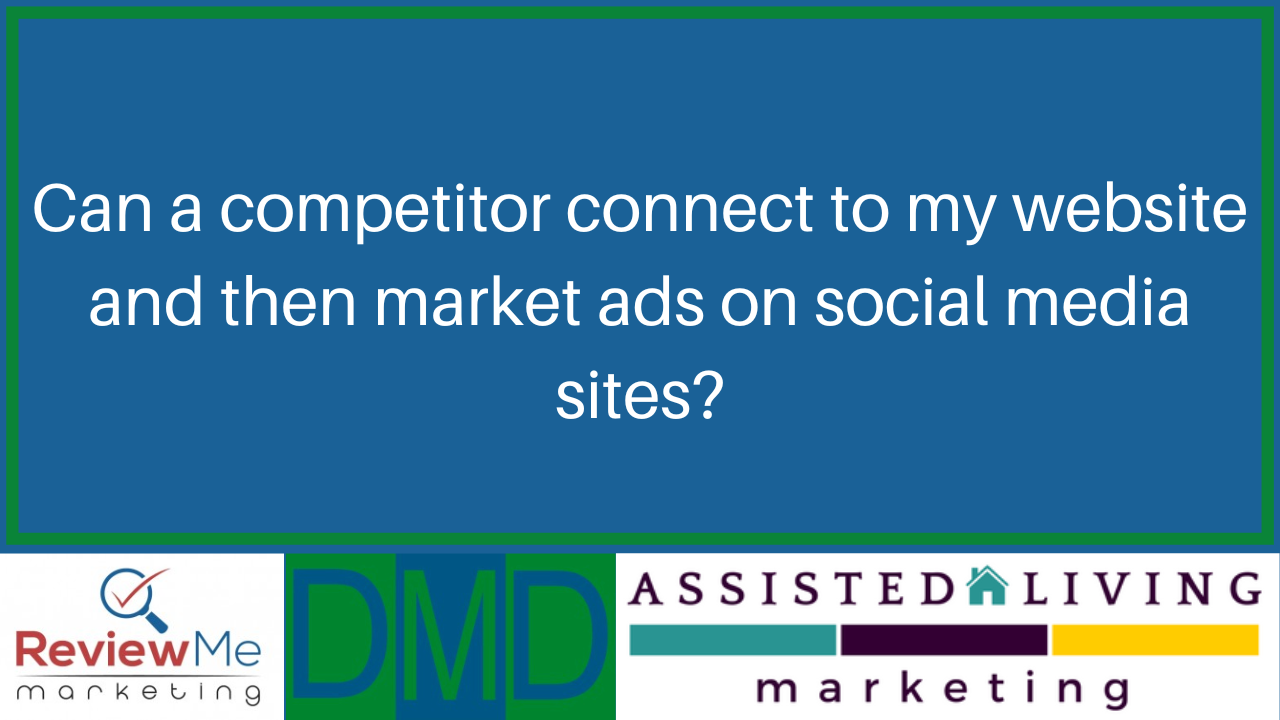The SEO Blueprint: Laying the Groundwork for On-Site and Off-Site Success
If you're trying to figure out how to make your website more visible on Google, you're not alone. One of the most common questions small business owners ask is: “What should I do to actually get found online?”
The good news is—there is a blueprint, and it starts with understanding the basics of on-site and off-site SEO. Whether you're launching a new site or optimizing an existing one, this foundational approach will help you build trust with search engines and potential customers.
Let’s break it down in simple terms, just like we do in strategy sessions—with a mind map, a few practical examples, and a focus on results.
🏗️ On-Site SEO: Building Your Website's Foundation
Your on-site SEO is everything on your website that helps it rank better. Think of it like setting up a clean, well-organized storefront that Google can easily understand and recommend to visitors.
Here are the key elements:
1. Content That Counts
Each important page on your site—especially service pages—should have at least 1,000 words of relevant content. Why? Because Google needs context to know what your page is about.
And no, this doesn’t mean fluff. It means giving real value, answering common questions, and clearly explaining your services.
💡 Pro Tip: Don’t try to rank your homepage for everything. Focus on individual service pages with supporting content instead.
2. Smart Site Structure
Your website should have a clear hierarchy:
- Home Page
- Main Services Page
- Individual Service Pages
- Related Blog Posts
This setup helps distribute SEO value and creates strong internal linking. For example, write blog posts that support each service and link them back to the main service page. It’s like building a content ecosystem that tells Google, “Hey, this is important!”
3. Metadata and Alt Text
Behind the scenes, every page should include:
- Page Titles
- Meta Descriptions
- Alt Text for Images
These bits of info are used by search engines (and accessibility tools) to understand what your page and images are about. Sprinkle in relevant keywords where it makes sense—without stuffing.
4. Video Content
Don’t forget video! Embedding videos (from YouTube or uploaded directly) keeps users engaged and adds SEO value, especially when paired with transcripts or keyword-rich descriptions.
5. Sitemap & Analytics
- Submit a sitemap to Google Search Console so Google knows how to crawl your site.
- Install analytics tools like Google Analytics so you can track what’s working and what needs improvement.
This is your digital housekeeping—keeping everything tidy, trackable, and crawlable.
Download the Website SEO Mind Map Created in the Video: Click Here
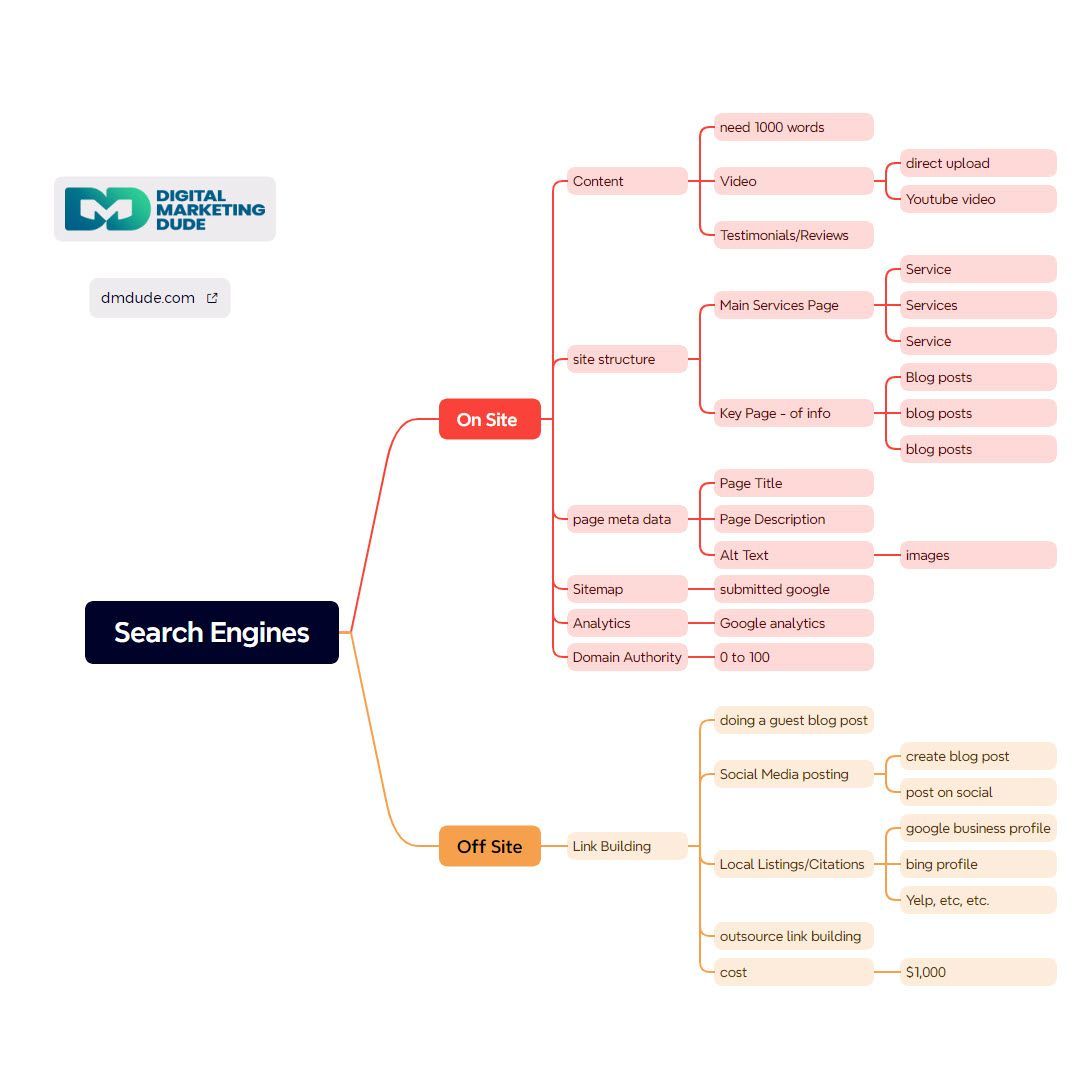
🔗 Off-Site SEO: Driving Traffic and Building Authority
Once your site is in shape, it’s time to bring in the traffic. That’s where off-site SEO comes in.
1. Link Building 101
Links from other websites back to yours act like digital referrals. They boost your credibility and help improve your Domain Authority—a score (from 0–100) that reflects how trustworthy your site is in Google’s eyes.
🧠 A new site might start with a DA of 3–5. Most small business sites fall somewhere in the 15–30 range. Big sites like CNN.com are at 90+.
You can build links by:
- Writing guest blog posts on industry sites
- Sharing your content on social media (every post is a chance for a link)
- Listing your business in local directories (Google Business Profile, Yelp, Bing, etc.)
2. Local Listings & Citations
While less powerful than true backlinks, having consistent listings across platforms still matters—especially for local businesses. Make sure your Name, Address, and Phone (NAP) info is consistent everywhere.
3. Scaling with AI (Yes, Really)
Content creation is easier than ever with AI tools. You can write blog posts, social content, and even emails more efficiently—keeping your site fresh and giving you more content to share and link back to.
🚀 The more high-quality, keyword-rich content you create, the more opportunities you have to rank, earn links, and drive traffic.
💡 Wrapping It All Up: Start with What You Control
If you’re just getting started with SEO, here’s the bottom line:
- Focus on on-site SEO first. It’s low-cost, high-impact, and completely in your control.
- Build content that supports your services and links together strategically.
- Then start sharing your content and earning links through simple off-site strategies.
And if you’ve got the budget down the road? That’s when you can look at premium link-building services to grow your domain authority even faster.
🔧 Ready to Build Your SEO Foundation?
We’re here to help you lay the groundwork—from content strategy to technical setup. Whether you’re DIYing it or want a partner to walk with you, building trust with Google starts with smart, simple SEO.
👉 Need help mapping your site structure or writing your first SEO blog post? Let’s chat.

Download the Website SEO Mind Map Created in the Video: Click Here

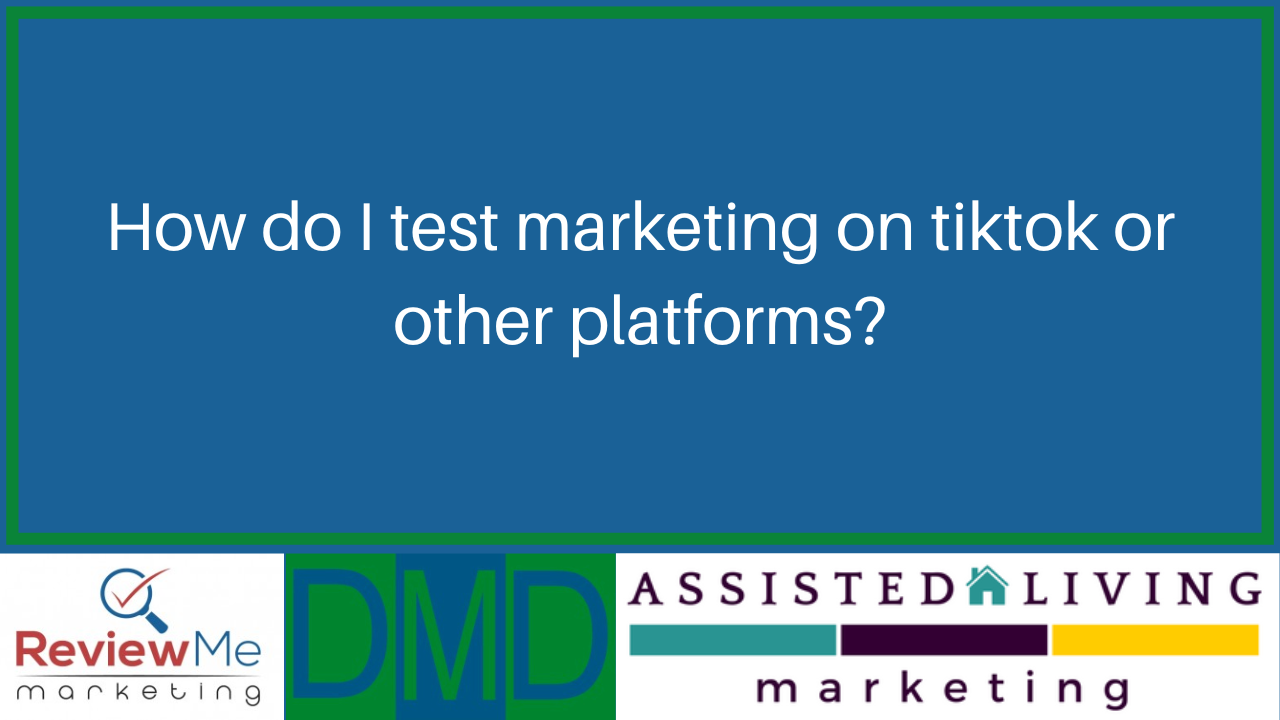
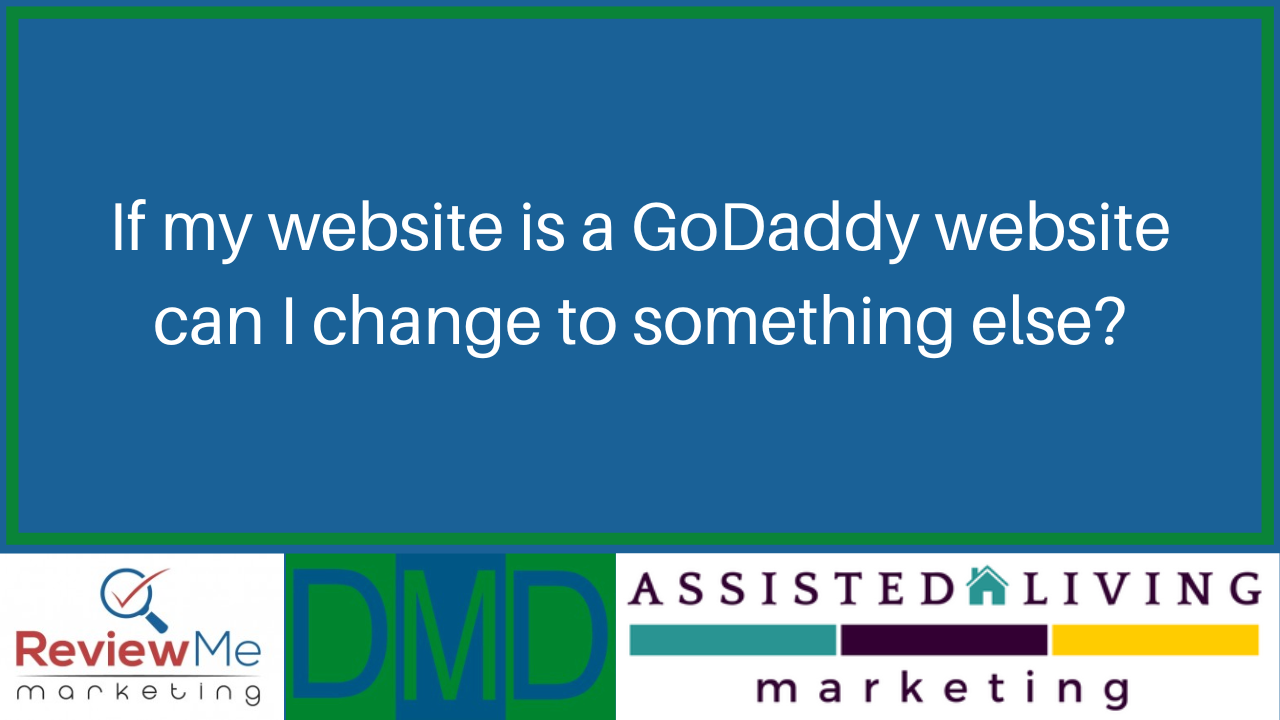
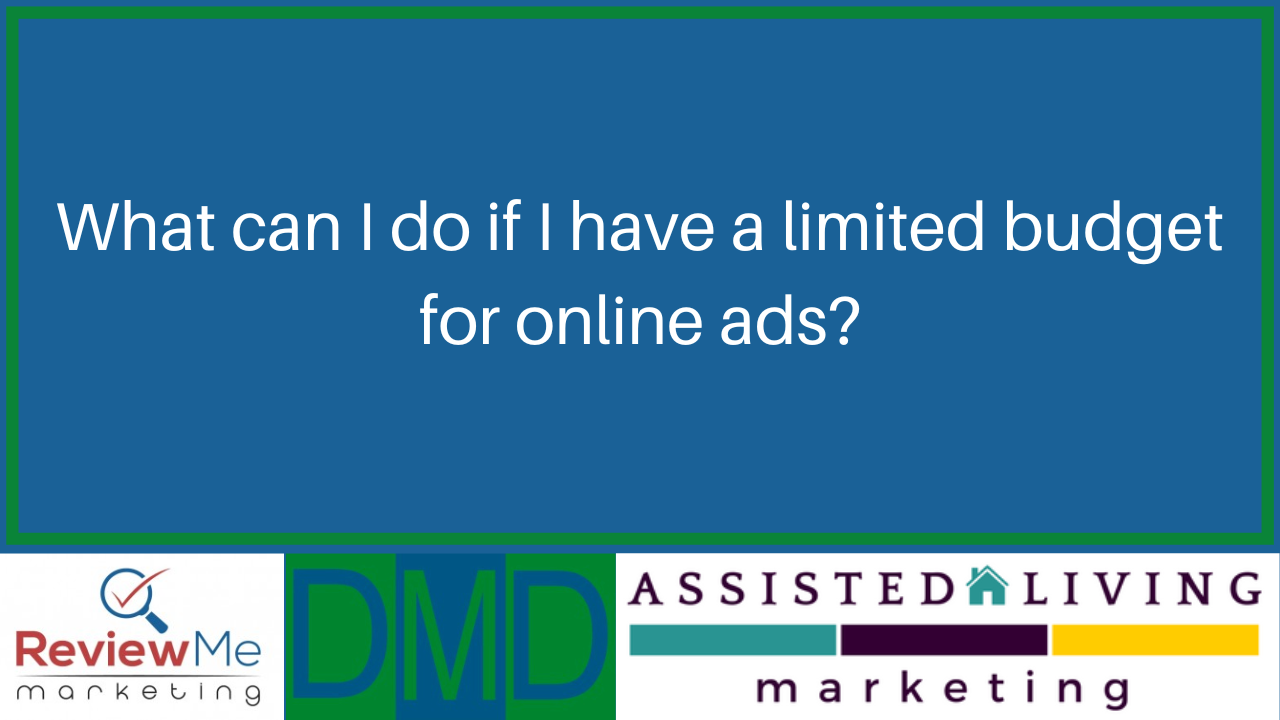
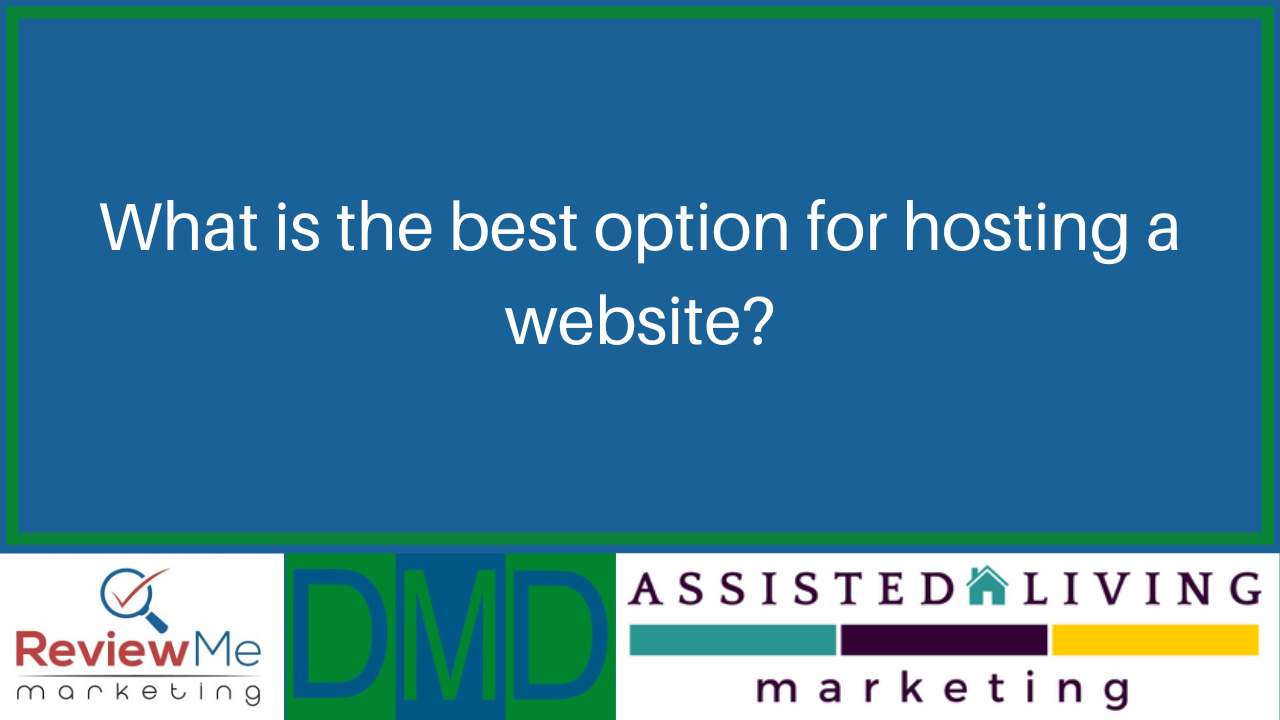
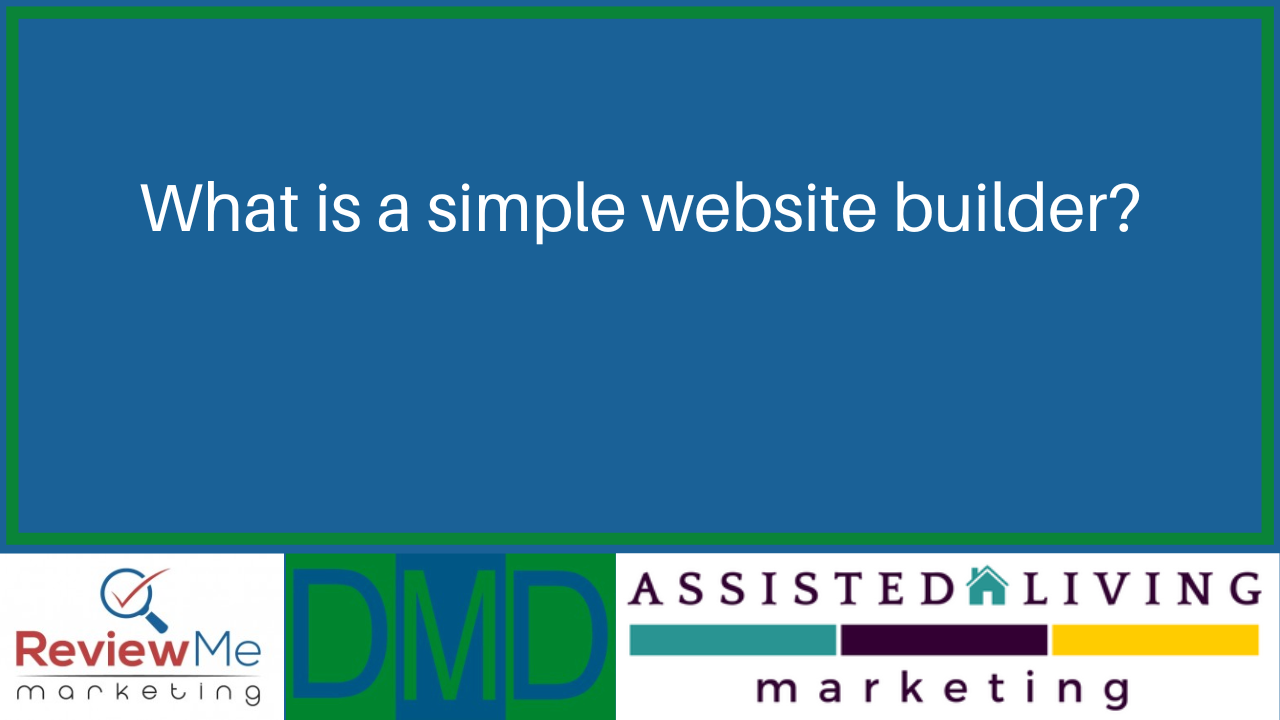
Ready to grow with a digital marketing agency you can trust?
Take the next step in growing your business using digital marketing. Connect with us and learn how Digital Marketing Dude can help you reach your business goals
Browse
Services
Let's Keep In Touch
Contact Us
We will get back to you as soon as possible.
Please try again later.
All Rights Reserved | Digital Marketing Dude


